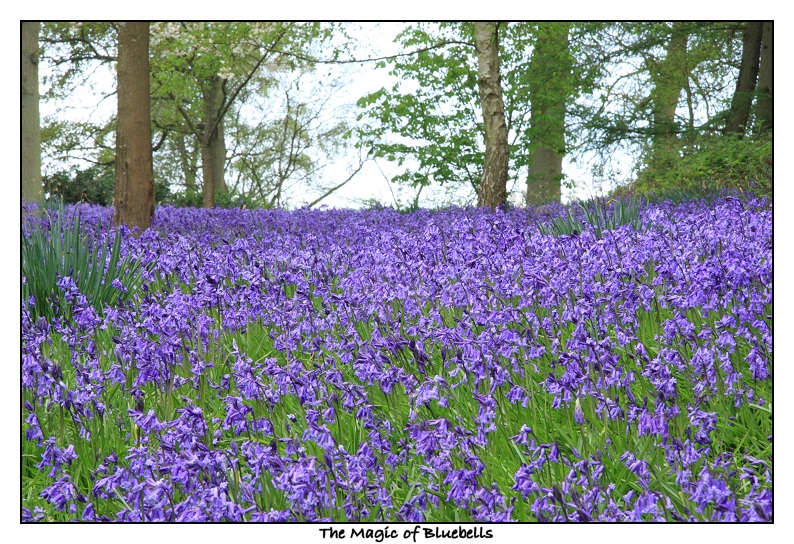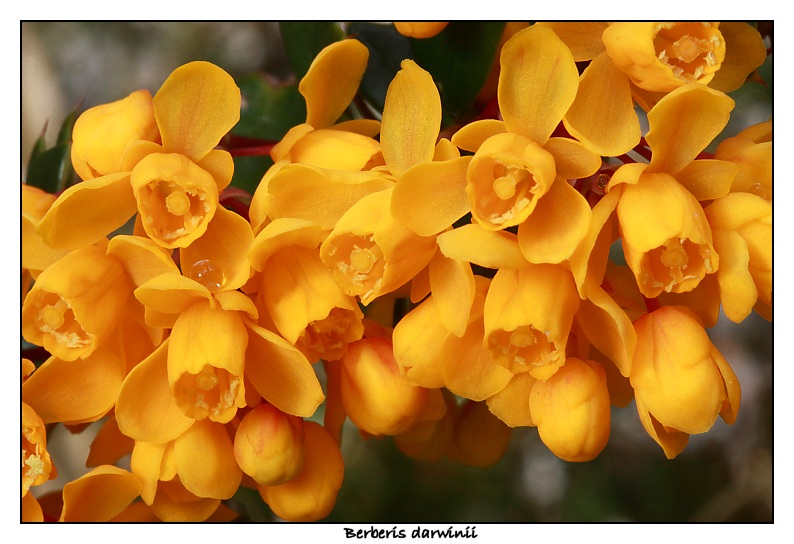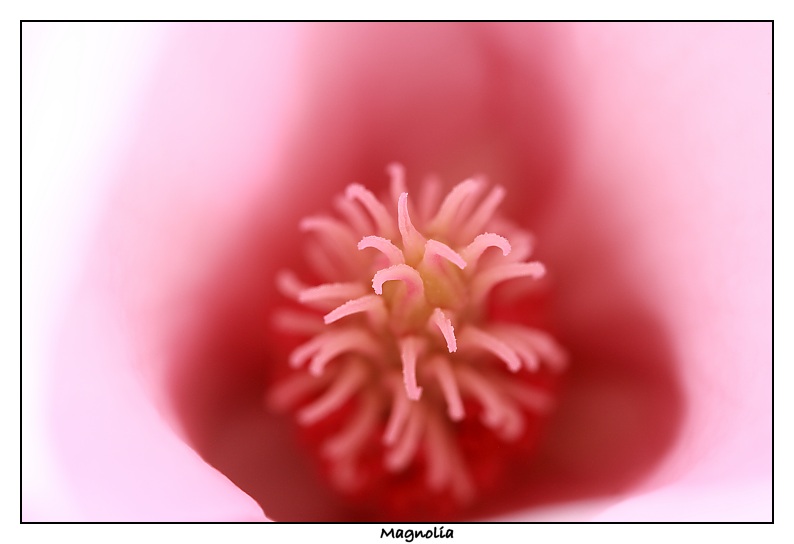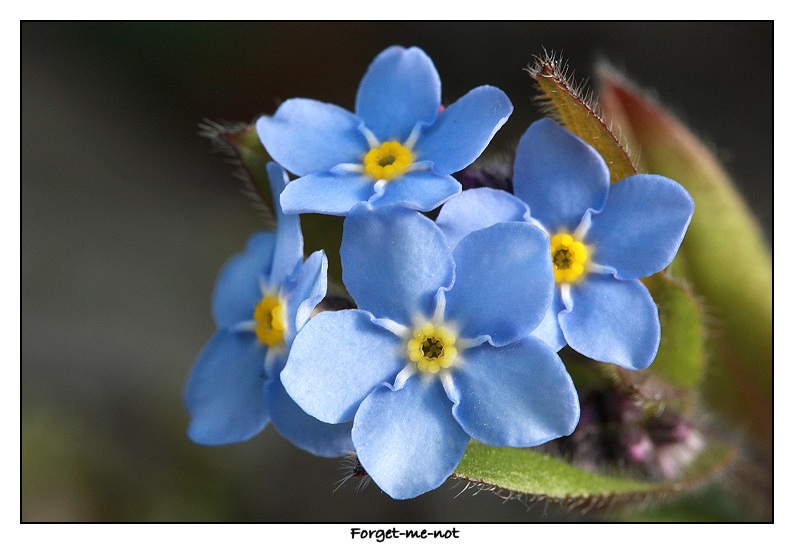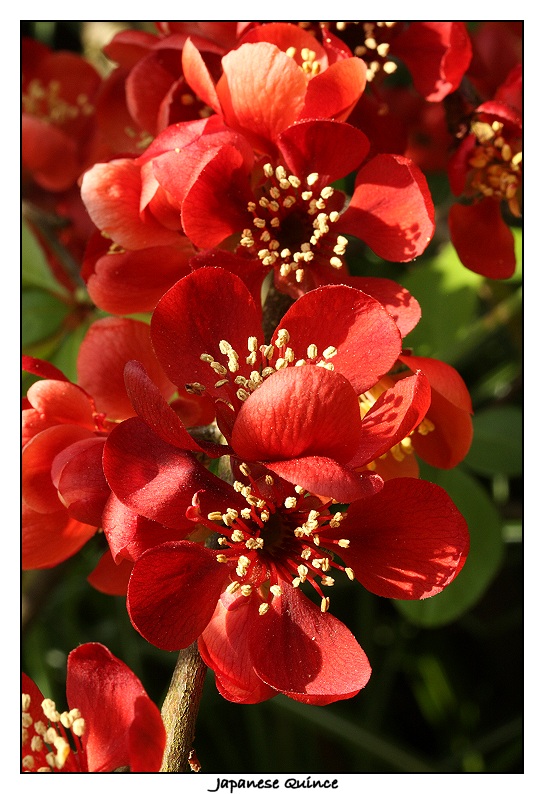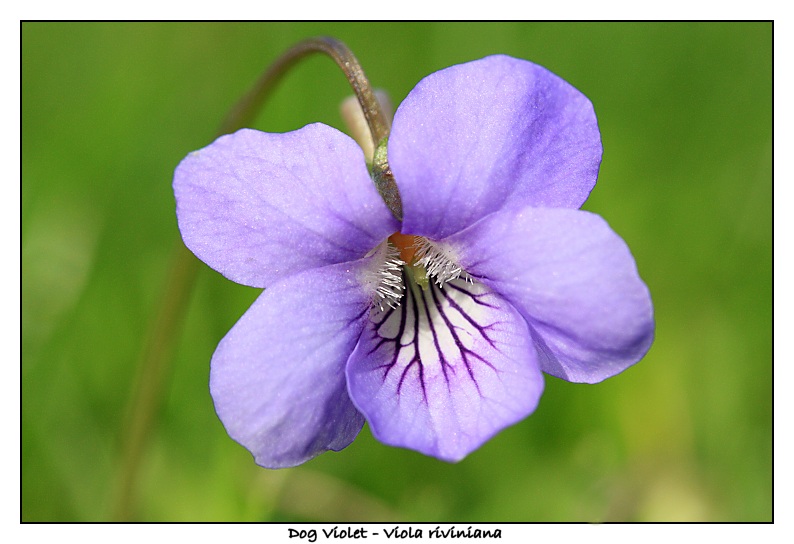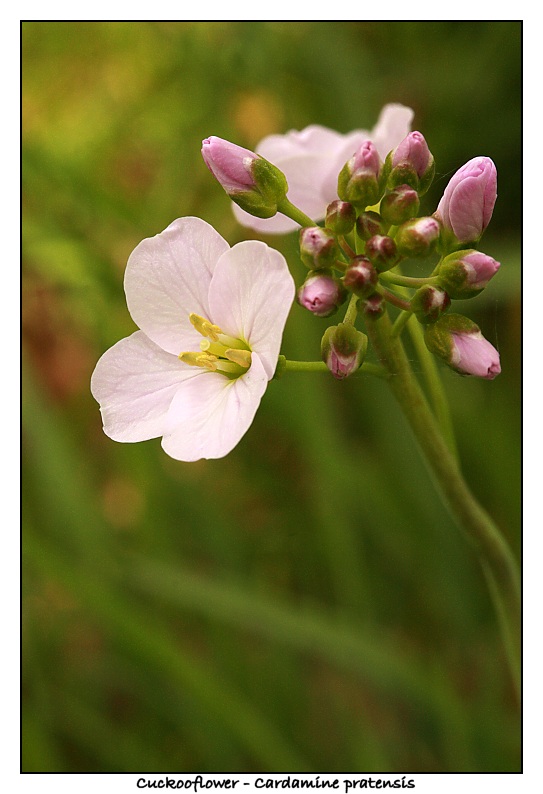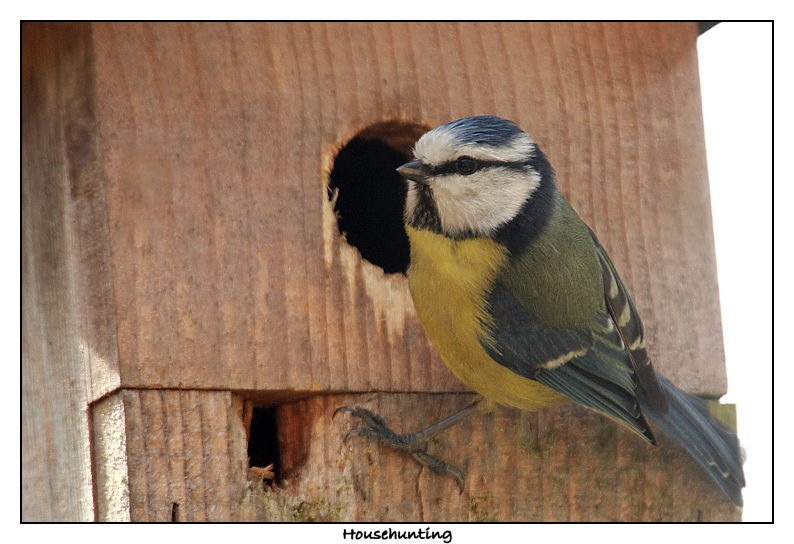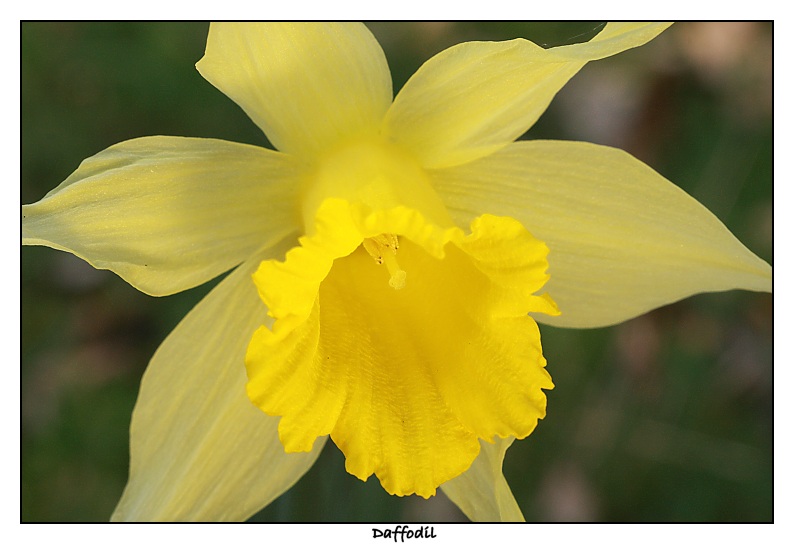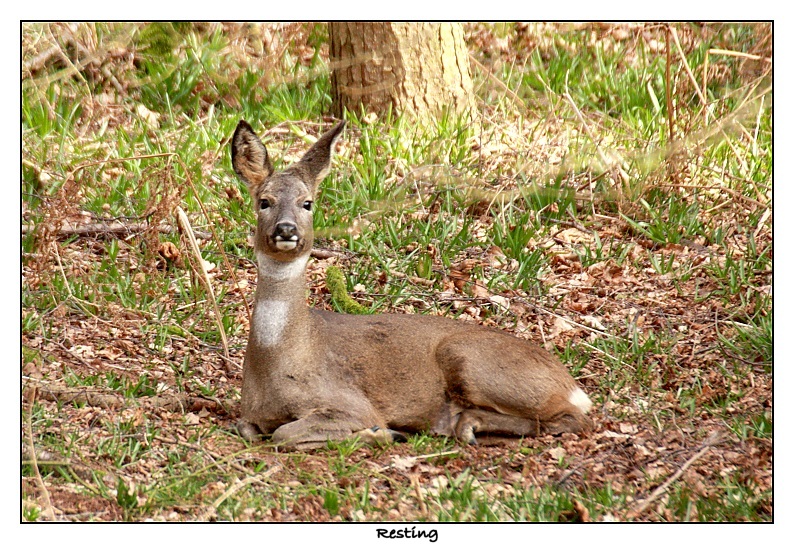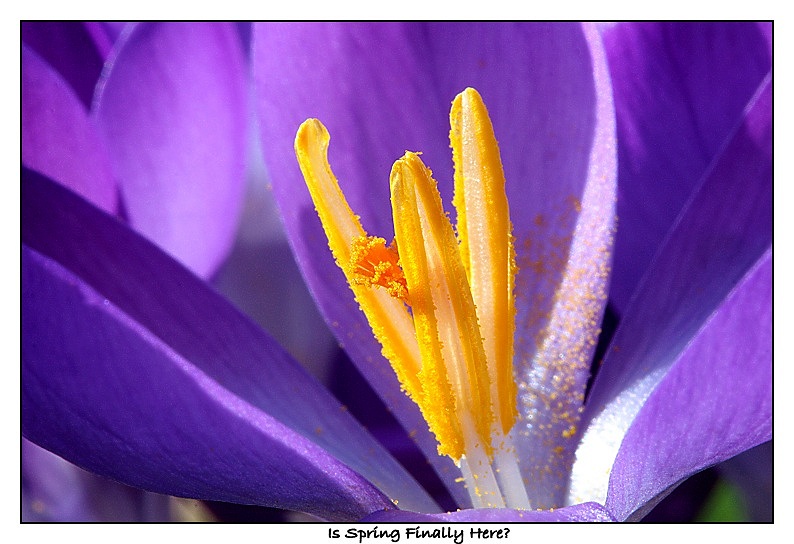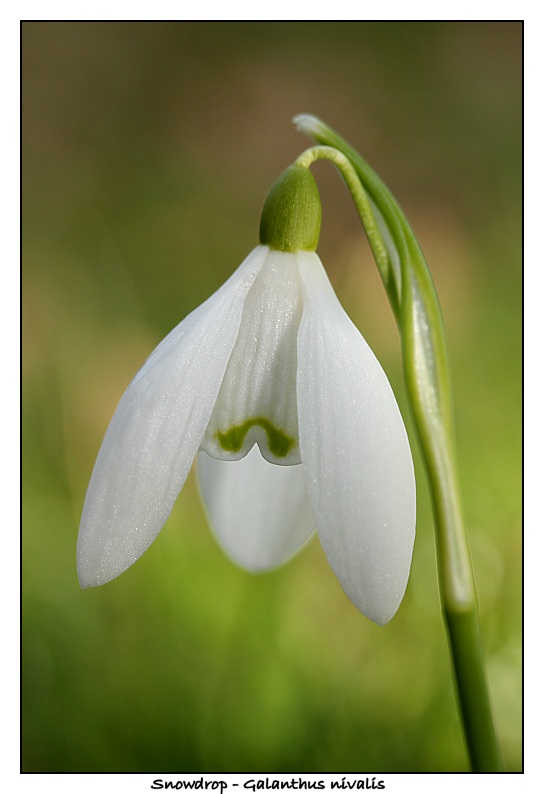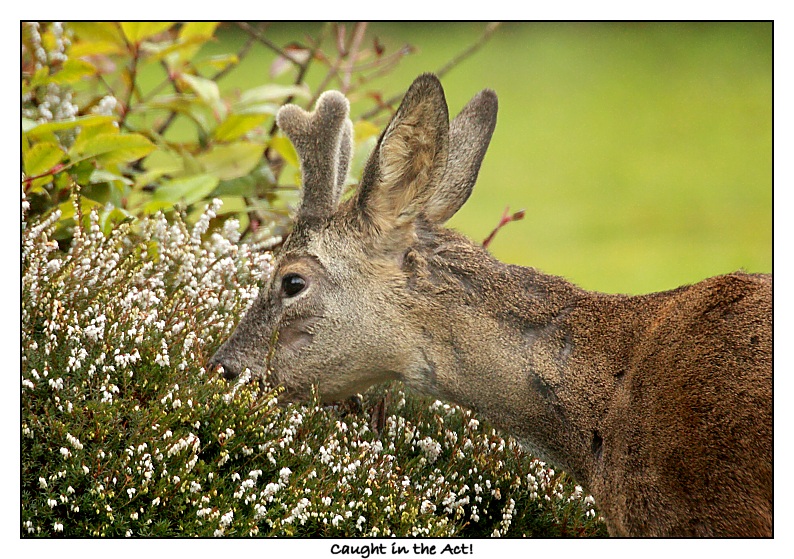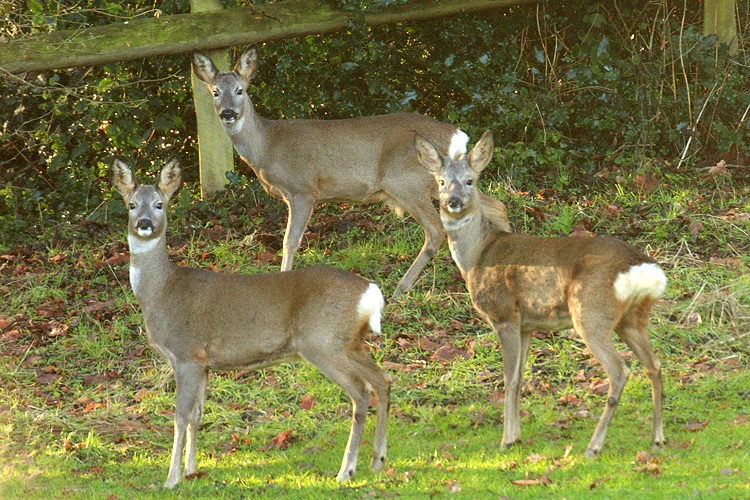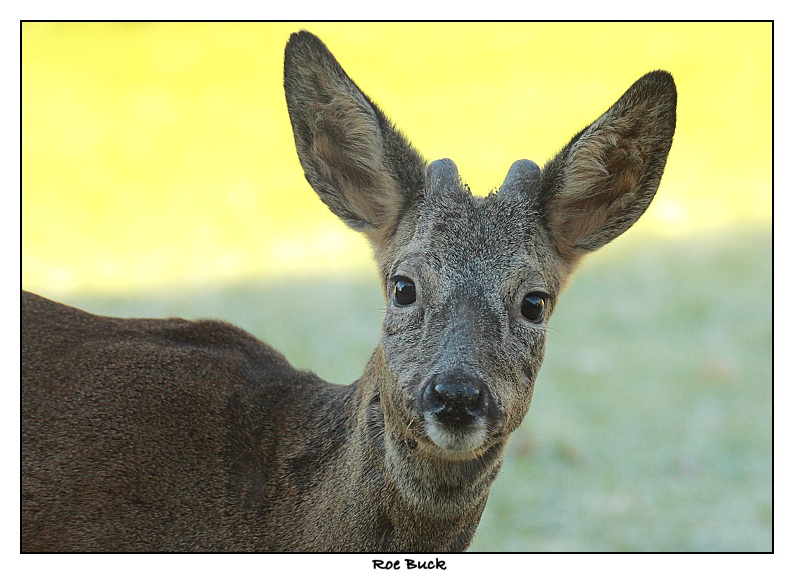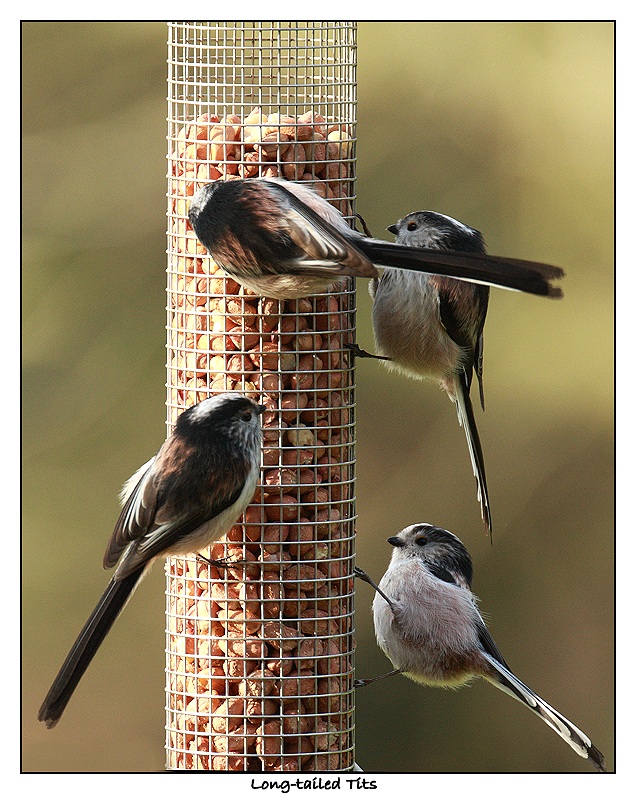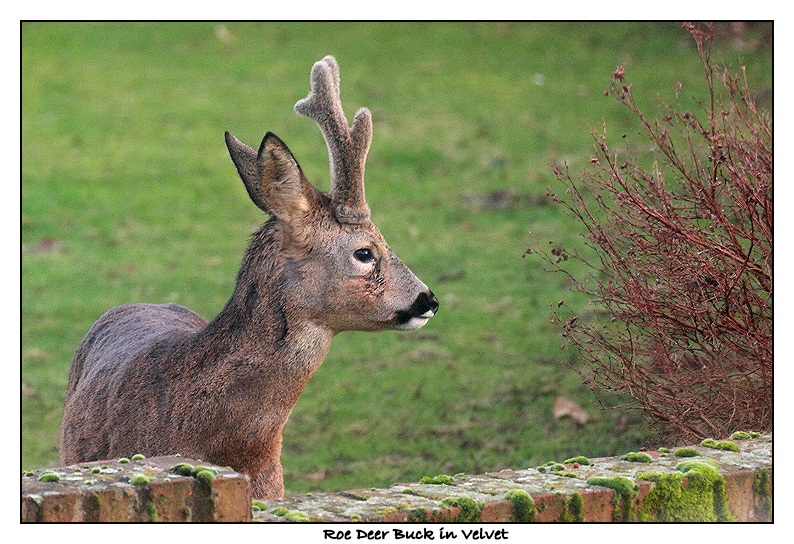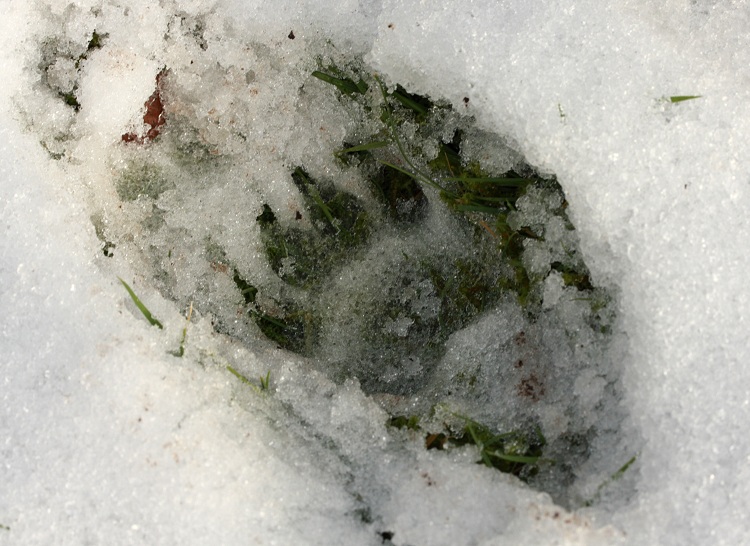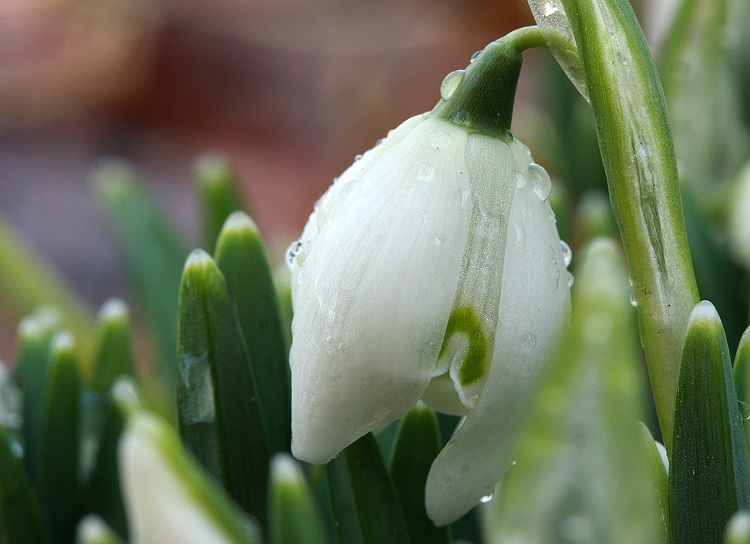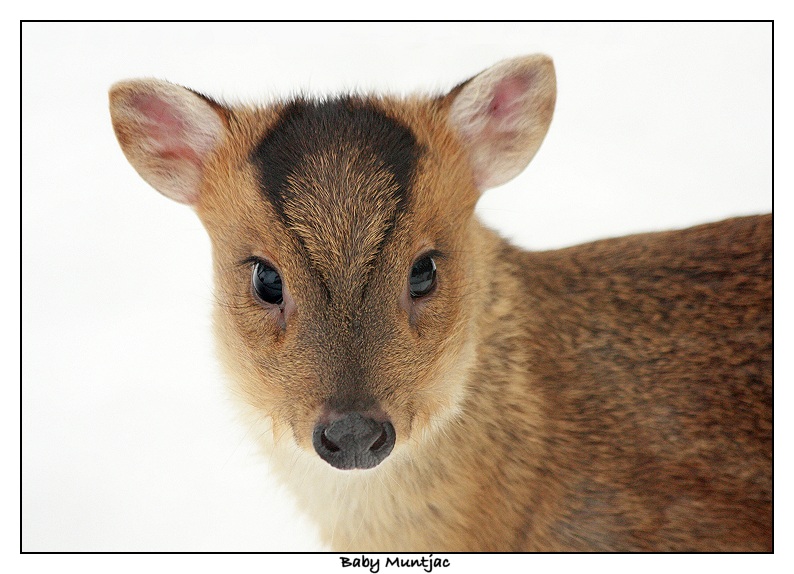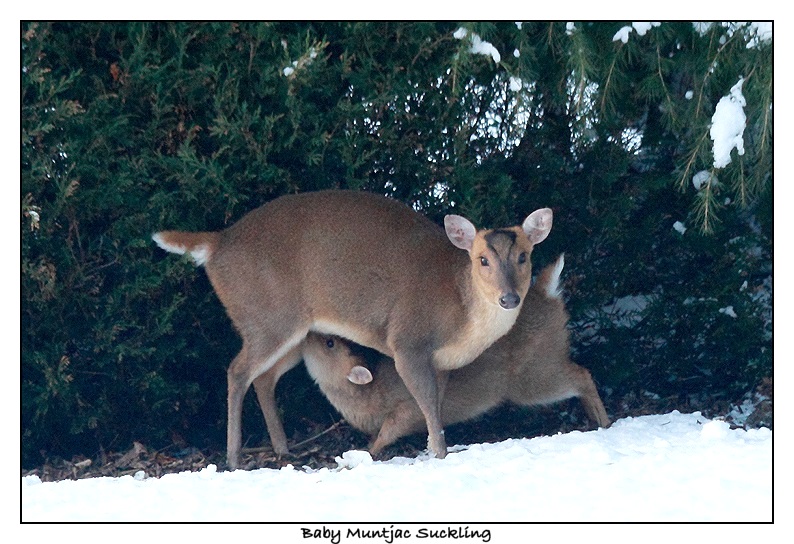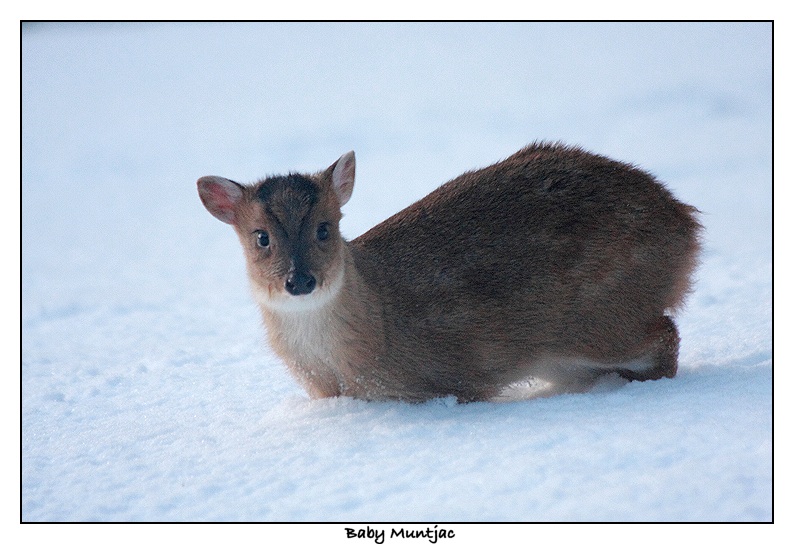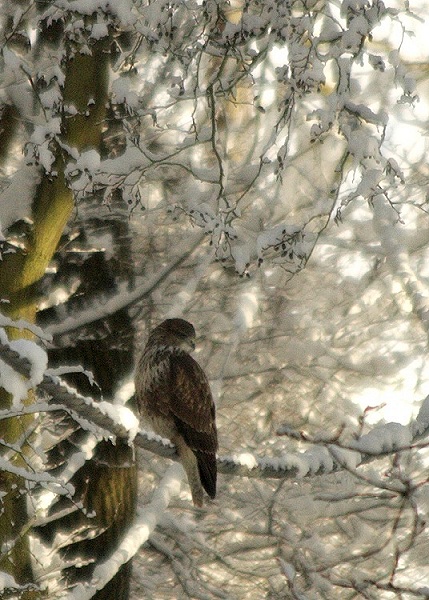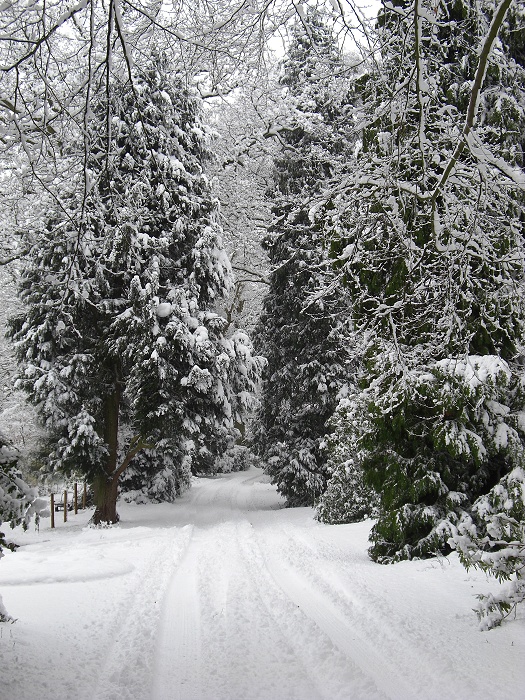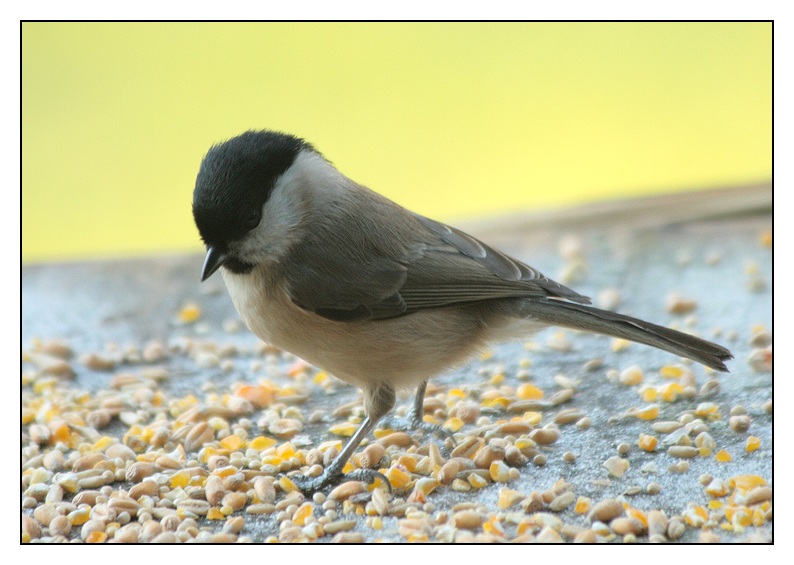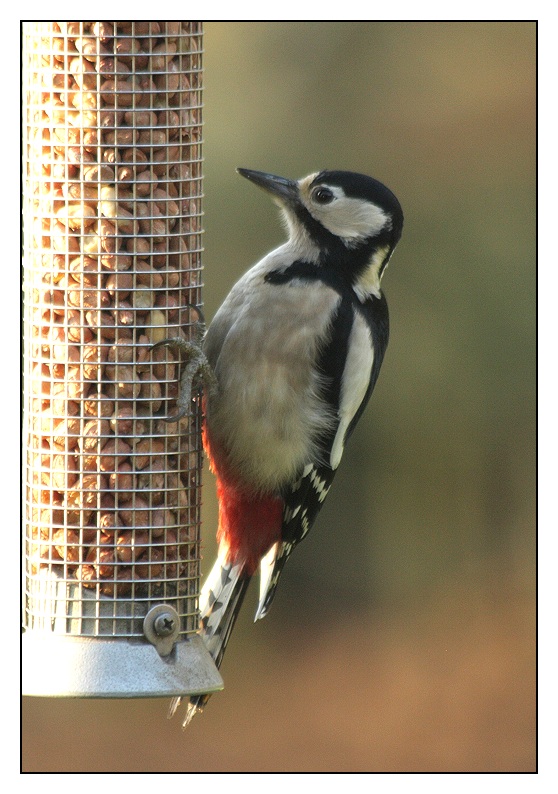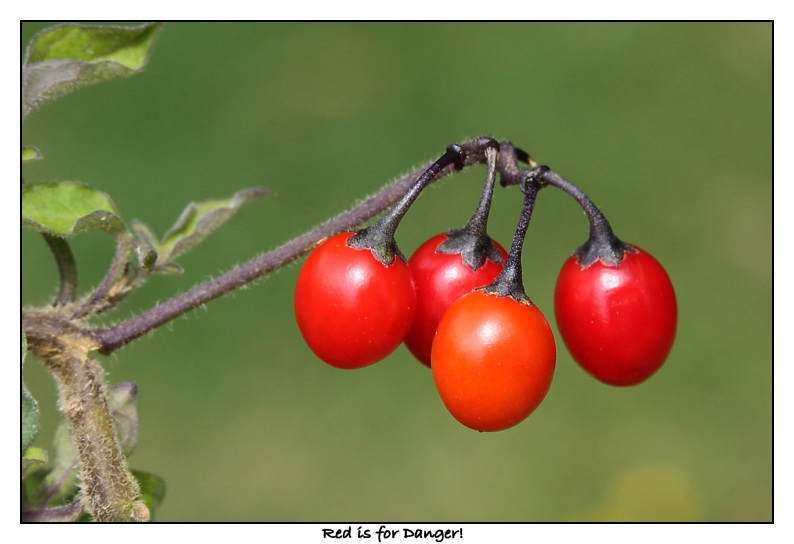
I seem to have seriously neglected this blog for the last couple of months, for which I apologise. The reason is because I have been concentrating on a project which is taking much of my spare time. I am recording "A year in the life of an English Country Garden" in photographs. I started on 1st January this year and will continue until the end of the year. I am over half way now!
I plan to produce a book (coffee table style) which I think will be an interesting record of wildlife and nature in the UK throughout the seasons. Many of the photos that I plan to use in the book are already in this thread, with many more that I have not yet included. I will upload a gallery on my web site to showcase these images, as soon as I have time.
I also plan to use the best photos and produce a calendar at the end of the year - hopefully in time to use them as Christmas presents for relatives and friends!
The idea for the project came from a photography web site called Talk Photography, which I can thoroughly recommend. There are a lot of very knowledgeable and helpful people on the forum. They also run a challenge called a "52", where people take photos each week on a particular theme and upload them for comments and criticism. The idea is to practise and learn from the feedback.
Very soon after starting the 52, I decided that the photos I was taking would be a useful record to chart the whole year in the garden. Hence the book idea.
So, back to the current time. Summer is in full swing and it has been hotter and more humid than the last few years with very little rain, at least in the south and east of England. Northwest Scotland seems to have been bearing the brunt of any bad weather coming in from the Atlantic. Our front lawn is completely brown, even after a bit of rain in the last week.
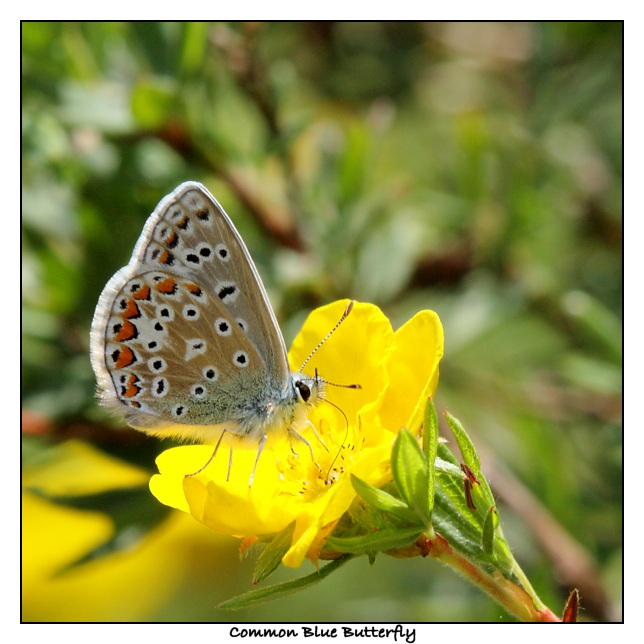
The weather has made it an amazing year for butterflies and moths. I have seen more than ever before including several new species that I have never noticed in the garden before. The little chap above is a Common Blue, an exquisite little thing.
At the top of the page are some ripe Woody Nightshade berries. Poisonous, as the colour implies!
Finally, today I saw the roe deer buck closely following a doe. It must be that time of year again. Sadly, I have not seen any roe deer kids this year. I don't know if there were non born or whether Mum kept them well hidden?
I have kept a record of what has been goung on in the garden over the last couple of months and I will fill in the missing details of this blog as soon as I can.

